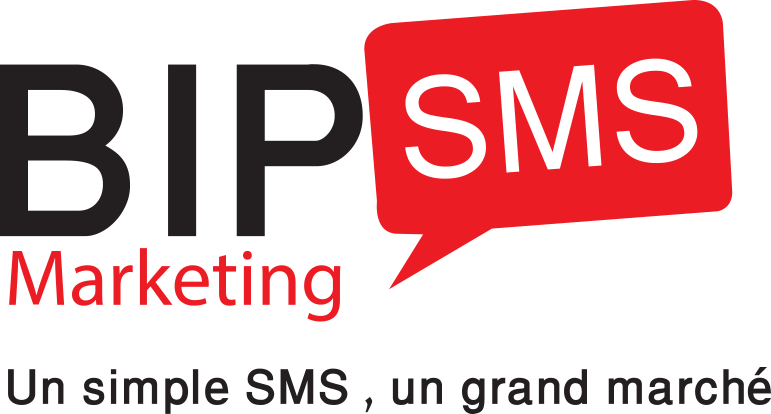What is an NLP chatbot, and do you ACTUALLY need one? RST Software
NLP chatbot: Reasons why your business needs one
Once the intent has been differentiated and interpreted, the chatbot then moves into the next stage – the decision-making engine. While automated responses are still being used in phone calls today, they are mostly pre-recorded human voices being played over. Chatbots of the future would be able to actually “talk” to their consumers over voice-based calls.
- Since, when it comes to our natural language, there is such an abundance of different types of inputs and scenarios, it’s impossible for any one developer to program for every case imaginable.
- Unlike common word processing operations, NLP doesn’t treat speech or text just as a sequence of symbols.
- In our example, a GPT-3.5 chatbot (trained on millions of websites) was able to recognize that the user was actually asking for a song recommendation, not a weather report.
- NLP allows computers and algorithms to understand human interactions via various languages.
Inaccuracies in the end result due to homonyms, accented speech, colloquial, vernacular, and slang terms are nearly impossible for a computer to decipher. Contrary to the common notion that chatbots can only use for conversations with consumers, these little smart AI applications actually have many other uses within an organization. Here are some of the most prominent areas of a business that chatbots can transform.
What are the features of an NLP chatbot?
If your response rate to these questions is seemingly poor and could do with an innovative spin, this is an outstanding method. And that’s understandable when you consider that NLP for chatbots can improve customer communication. Generally, the “understanding” of the natural language (NLU) happens through the analysis of the text or speech input using a hierarchy of classification models. Read more about the difference between rules-based chatbots and AI chatbots. For computers, understanding numbers is easier than understanding words and speech.

Learning is carried out through algorithms and heuristics that analyze data by equating it with human experience. This makes it possible to develop programs that are capable of identifying patterns in data. Businesses need to define the channel where the bot will interact with users. A user who talks through an application such as Facebook is not in the same situation as a desktop user who interacts through a bot on a website. There are several different channels, so it’s essential to identify how your channel’s users behave.
What Is an NLP Chatbot — And How Do NLP-Powered Bots Work?
Given these customer-centric advantages, NLP chatbots are increasingly becoming a cornerstone of strategic customer engagement models for many organizations. What allows NLP chatbots to facilitate such engaging and seemingly spontaneous conversations with users? The answer resides in the intricacies of natural language processing. You can use our platform and its tools and build a powerful AI-powered chatbot in easy steps.
Scripted ai chatbots are chatbots that operate based on pre-determined scripts stored in their library. When a user inputs a query, or in the case of chatbots with speech-to-text conversion modules, speaks a query, the chatbot replies according to the predefined script within its library. This makes it challenging to integrate these chatbots with NLP-supported speech-to-text conversion modules, and they are rarely suitable for conversion into intelligent virtual assistants. This understanding is crucial for the chatbot to provide accurate and relevant responses. As the narrative of conversational AI shifts, NLP chatbots bring new dimensions to customer engagement.
Mostly, it would help if you first changed the language you want to use so that a computer can understand it. To fill the goal of NLP, syntactic and semantic analysis is used by making it simpler to interpret and clean up a dataset. Test the chatbot with real users and make adjustments based on their feedback. You can utilize manual testing because there are not many scenarios to check. Testing helps you to determine whether your AI NLP chatbot performs appropriately. Machine learning is a subfield of Artificial Intelligence (AI), which aims to develop methodologies and techniques that allow machines to learn.
Over time, chatbot algorithms became capable of more complex rules-based programming and even natural language processing, allowing customer queries to be expressed in a conversational way. In this guide, one will learn about the basics of NLP and chatbots, including the fundamental concepts, techniques, and tools involved in building them. NLP is a subfield of AI that deals with the interaction between computers and humans using natural language. It is used in chatbot development to understand the context and sentiment of the user’s input and respond accordingly.
Understanding Market Penetration Strategies with Examples
Companies can train their AI-powered chatbot to understand a range of questions. For the training, companies use queries received from customers in previous conversations nlp chatbot or call centre logs. In today’s cut-throat competition, businesses constantly seek opportunities to connect with customers in meaningful conversations.
Google’s Bard Just Beat GPT-4 in Chatbot Rankings – AI Business
Google’s Bard Just Beat GPT-4 in Chatbot Rankings.
Posted: Wed, 31 Jan 2024 20:20:59 GMT [source]
This step is key to understanding the user’s query or identifying specific information within user input. Next, you need to create a proper dialogue flow to handle the strands of conversation. Now when the bot has the user’s input, intent, and context, it can generate responses in a dynamic manner specific to the details and demands of the query.
Best AI chatbots with NLP
Instead of relying on bot development frameworks or platforms, this tutorial will help you by giving you a deeper understanding of the underlying concepts. By following this tutorial, you will gain hands-on experience in implementing an end-to-end chatbot solution using deep learning techniques. NLP chatbots have redefined the landscape of customer conversations due to their ability to comprehend natural language. NLP conversational AI refers to the integration of NLP technologies into conversational AI systems.
More rudimentary chatbots are only active on a website’s chat widget, but customers today are increasingly seeking out help over a variety of other support channels. Shoppers are turning to email, mobile, and social media for help, and NLP chatbots are agile enough to provide omnichannel support on all of your customers’ preferred channels. Not all customer requests are identical, and only NLP chatbots are capable of producing automated answers to suit users’ diverse needs. Treating each shopper like an individual is a proven way to increase customer satisfaction. Set your solution loose on your website, mobile app, and social media channels and test out its performance on real customers.
Personalize customer conversations
NLP, or Natural Language Processing, stands for teaching machines to understand human speech and spoken words. NLP combines computational linguistics, which involves rule-based modeling of human language, with intelligent algorithms like statistical, machine, and deep learning algorithms. Together, these technologies create the smart voice assistants and chatbots we use daily. In the years that have followed, AI has refined its ability to deliver increasingly pertinent and personalized responses, elevating customer satisfaction. NLP stands for Natural Language Processing, a form of artificial intelligence that deals with understanding natural language and how humans interact with computers.

